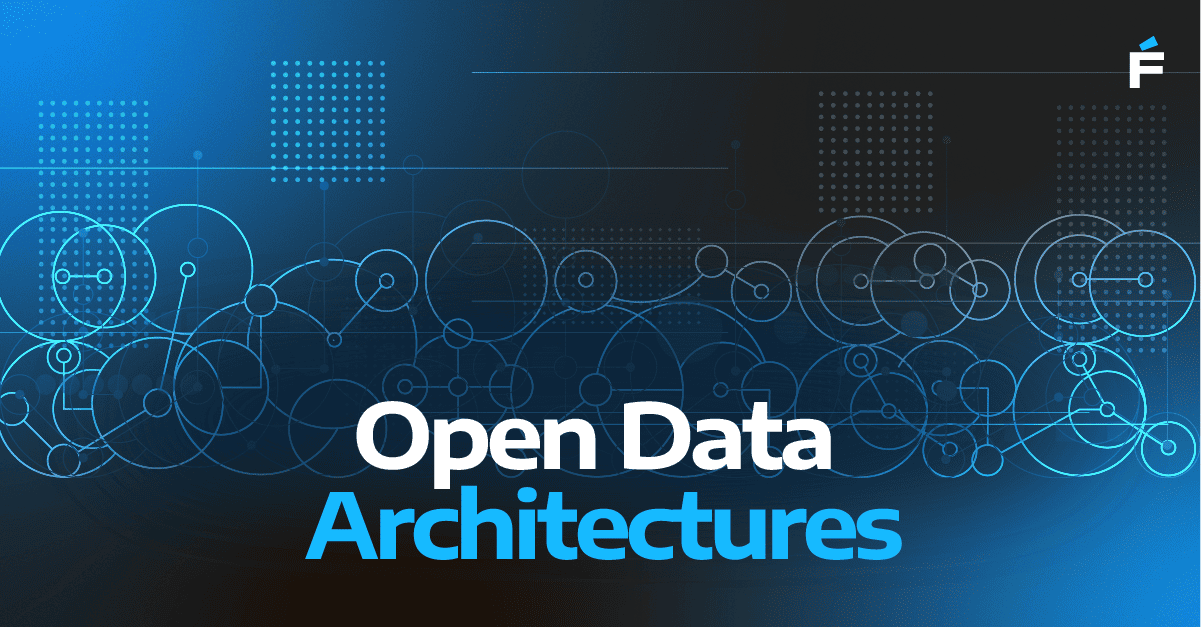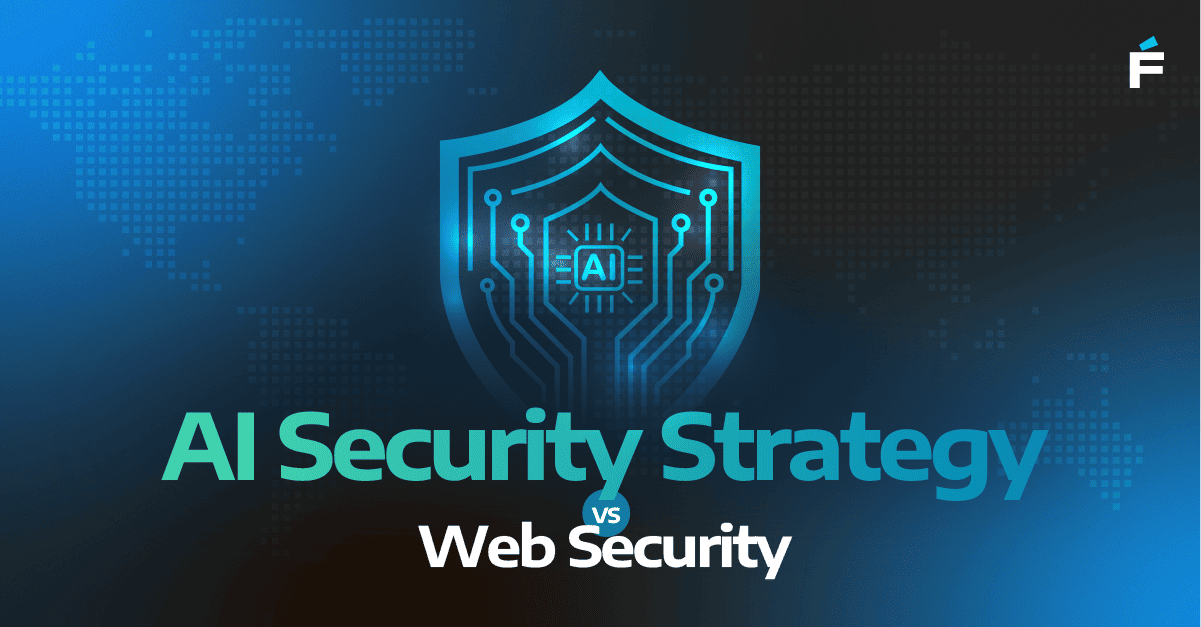Introduction
The future of fintech will be built atop blockchain and Web3. By combining the decentralized nature of blockchain with the capabilities of Web3, fintech companies can revolutionize traditional financial systems. Web3 enables peer-to-peer interactions, smart contracts, and secure data management.
Through blockchain, fintech companies can create transparent and immutable financial transactions, enhance security, streamline processes, and enable new financial products that were previously unimaginable.
Blockchain and Web3 empower fintech companies to reshape the industry, foster financial inclusion and unlock new opportunities for individuals and businesses globally. In this blog post, I detail how these technologies enable innovation for fintech companies.
How blockchain enables fintech innovation
Blockchain provides a secure, transparent and immutable platform for financial transactions. Its decentralized nature eliminates the need for intermediaries, reduces costs, and ensures trust, enabling fintech companies to explore new avenues and disrupt traditional financial systems. Let’s consider the many benefits of blockchain for fintech.
More resilience using less infrastructure
Traditional financial systems require extensive infrastructure, which can be costly to maintain. Blockchain-based systems, on the other hand, leverage a decentralized network of computers, reducing the need for expensive infrastructure. This decentralized nature also makes the system more resilient and less prone to single points of failure.
Blockchain technology enables automation and streamlining of complex financial processes. Smart contracts, which are self-executing agreements stored on the blockchain, automate tasks and eliminate the need for manual intervention, reducing human errors and associated costs. It enables faster settlement times and reduces costs associated with delays.
J.P. Morgan is using blockchain technology to help improve money transfers.
Enhanced security and transparency
Blockchain provides a transparent and immutable ledger of transactions. This transparency helps prevent fraud and increases trust among participants, reducing the need for costly auditing and reconciliation processes.
Blockchain’s decentralized and cryptographic nature enhances the security of financial transactions. The use of consensus mechanisms, such as proof-of-work and proof-of-stake, ensures the integrity of the blockchain network, making it difficult for malicious actors to manipulate or alter transaction records. This increased security can help prevent fraud and reduce the costs associated with security breaches and identity theft.
The financial sector has a unique set of requirements for privacy, compliance and regulations. Public blockchains don’t serve this purpose well, but permissioned, or consortium blockchains can be used.
Consortium blockchains are a type of blockchain network where multiple organizations come together to form a shared and collaborative network. In a consortium blockchain, the participating organizations maintain control over the network and its operations, unlike public blockchains where participation is open to anyone.
Key characteristics of consortium blockchains include:
- Permissioned access. Consortium blockchains restrict participation to a pre-approved set of organizations or entities. Participants are known and trusted.
- Shared control and governance. Consortium blockchains are governed by the consensus of the participating organizations.
- Enhanced scalability and performance. Consortium blockchains typically offer higher scalability and performance compared to public blockchains.
- Increased privacy and confidentiality. Consortium blockchains enable greater privacy and confidentiality compared to public blockchains.
Consortium blockchains enable multiple organizations to collaborate and share a common blockchain infrastructure while maintaining control over decision-making and ensuring the privacy and security of their data.
The best blockchains for consortium
While consortium blockchains can be built using numerous technologies, here are the three best technologies from my experience.
- Corda: Corda is a blockchain platform developed by R3 specifically for the financial industry. It is designed to facilitate secure and private transactions between participating financial institutions. Corda’s focus is on enabling efficient and regulated interactions between entities, such as trade finance, identity management, and payment solutions.
- Hyperledger Fabric: Hyperledger Fabric is a permissioned blockchain framework developed under the Linux Foundation’s Hyperledger project. It targets enterprise use cases, including those in the fintech sector, by providing a modular architecture and allowing for privacy and confidentiality of transactions. Hyperledger Fabric is used in various applications, such as supply chain finance, trade settlement, and asset tokenization.
- Quorum: Quorum is an enterprise-grade blockchain platform developed by JPMorgan Chase. It is based on the Ethereum codebase, but is tailored for private and permissioned use cases. Quorum is designed to address the specific needs of financial institutions, offering enhanced privacy features and integration with existing enterprise systems.
How web3 enables fintech innovation
With its decentralized infrastructure and peer-to-peer interactions, Web3 enables fintech companies to create seamless and secure financial ecosystems. With Web3, fintech companies can offer innovative services, empower individuals with greater control over their financial data, and support interoperability across different platforms. Let’s detail specific examples of how Web3 drives fintech innovation.

Image source: https://mahanakornpartners.com/revolutionizing-trade-finance-with-blockchain-technology/
Web3 removes the middleman
Web3 allows for direct peer-to-peer transactions without the need for an intermediary. By cutting out these middlemen, transaction fees and associated costs can be significantly reduced, resulting in lower-cost financial services. Some examples:
- Cross-border payments. Financial institutions can use a decentralized network to directly settle transactions, eliminating the need for intermediaries and reducing costs and settlement times. One example is Ripple.
- Remittances. Individuals can send money directly to recipients using digital assets, eliminating the need for intermediaries and reducing transaction fees. One example is Tether (USDT).
- Decentralized exchanges (DEXs). Decentralized exchanges facilitate the peer-to-peer trading of cryptocurrencies and other digital assets without relying on a central authority or intermediary. Unlike traditional centralized exchanges where users deposit their funds and trade through a central order book, DEXs allow users to directly exchange assets with each other on a blockchain or a decentralized network. One example is Uniswap.
- Peer-to-peer lending. This allows direct interaction between lenders and borrowers without intermediaries, reducing costs and enabling a faster, more efficient lending process. One example is Compound.
- Crowdfunding. Direct and more efficient fundraising, eliminating intermediary fees. One example is Gitcoin.
The benefits of tokenization in web3
Tokenization refers to the process of representing real-world or digital assets as tokens on a blockchain or distributed ledger. Tokens are digital representations that can represent various types of assets, including securities, currencies, commodities, real estate, or even intellectual property.

Image source: https://en.wikipedia.org/wiki/Tokenization_%28data_security%29
Advantages of tokenization:
- Fractionalization and diversification. Tokenization enables the fractional ownership of assets, allowing investors to diversify their portfolios across various asset classes.
- Increased liquidity. Fractional ownership increases liquidity by enabling broader participation and facilitating the trading of smaller portions of assets.
- Accessibility and inclusion. Tokenization lowers barriers to entry, making traditionally illiquid or high-value assets more accessible to a larger pool of investors.
Enhanced privacy with zero-knowledge proofs
Zero-knowledge proofs (ZKPs) are cryptographic protocols that allow a party (i.e., the prover) to prove the validity of a statement to another party (i.e., the verifier) without revealing any additional information beyond the statement’s truthfulness. In the fintech industry, ZKPs can be applied in various ways to enhance privacy, security, and efficiency. Here are a few examples:
- Privacy-preserving transactions. ZKPs can be used to validate the correctness of a transaction without revealing the transaction details.
- Compliance and auditing. ZKPs can facilitate compliance and auditing processes by proving the fulfillment of certain conditions without revealing the underlying data. Financial institutions can use ZKPs to demonstrate compliance with regulations or contractual obligations without disclosing sensitive customer information. This enables efficient and secure audits while preserving data privacy.
- Know Your Customer (KYC) and Anti-Money Laundering (AML). ZKPs can be utilized in KYC and AML processes to validate customer information without exposing unnecessary details. Financial institutions can verify that a customer’s identity or eligibility satisfies regulatory requirements without accessing or storing sensitive personal data. ZKPs can improve efficiency, reduce costs, and enhance privacy in these compliance processes.
- Secure data sharing and collaboration. ZKPs enable secure and verifiable data sharing among multiple parties without revealing the underlying data. This can be beneficial in collaborative scenarios where multiple entities need to share sensitive financial information, such as credit scoring, risk assessments, or trade data. ZKPs allow participants to prove the accuracy of their data and computations without disclosing the actual data itself.
- Fraud detection and prevention. ZKPs can help detect and prevent fraud by enabling secure and confidential analysis of financial data. ZKPs can be employed to validate the integrity of data and computations without exposing the underlying sensitive information. This allows for more efficient fraud detection mechanisms while protecting data privacy.
By leveraging zero-knowledge proofs, fintech applications can provide enhanced privacy, confidentiality, and security while still maintaining trust and compliance. ZKPs enable the verification of information without the need to disclose sensitive data, making them a powerful tool for improving privacy and efficiency in various financial processes.
Conclusion
It’s an exciting time to be building solutions on blockchain and Web3. Fintech companies can take advantage of peer-to-peer interactions, smart contracts, and immutable financial transactions to enhance security, streamline processes, and enable new products.
Building solutions using blockchain and Web3 requires a talent pool of engineers, engineering managers and product managers with specialized expertise. At Peeranha we’re building an AI-driven Q&A protocol for Web3.
Our platform enables customers to create a full knowledge base and automate community management. We use Forte Group’s custom blockchain solutions for architecture and design, development, UI design and quality assurance (QA). Connect with me on LinkedIn to learn about my experience partnering with Forte Group or if you’d like more information about Peeranha.




